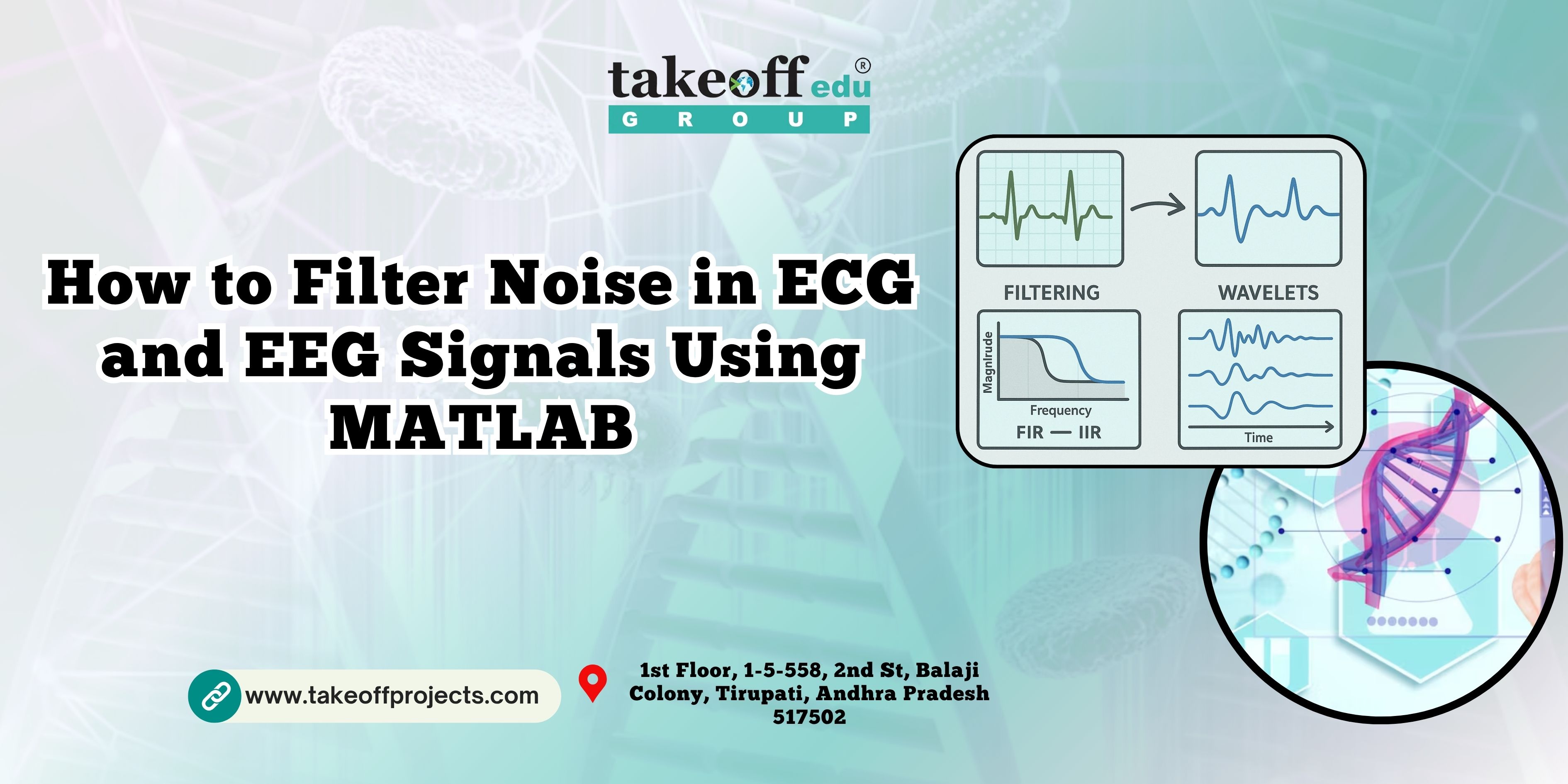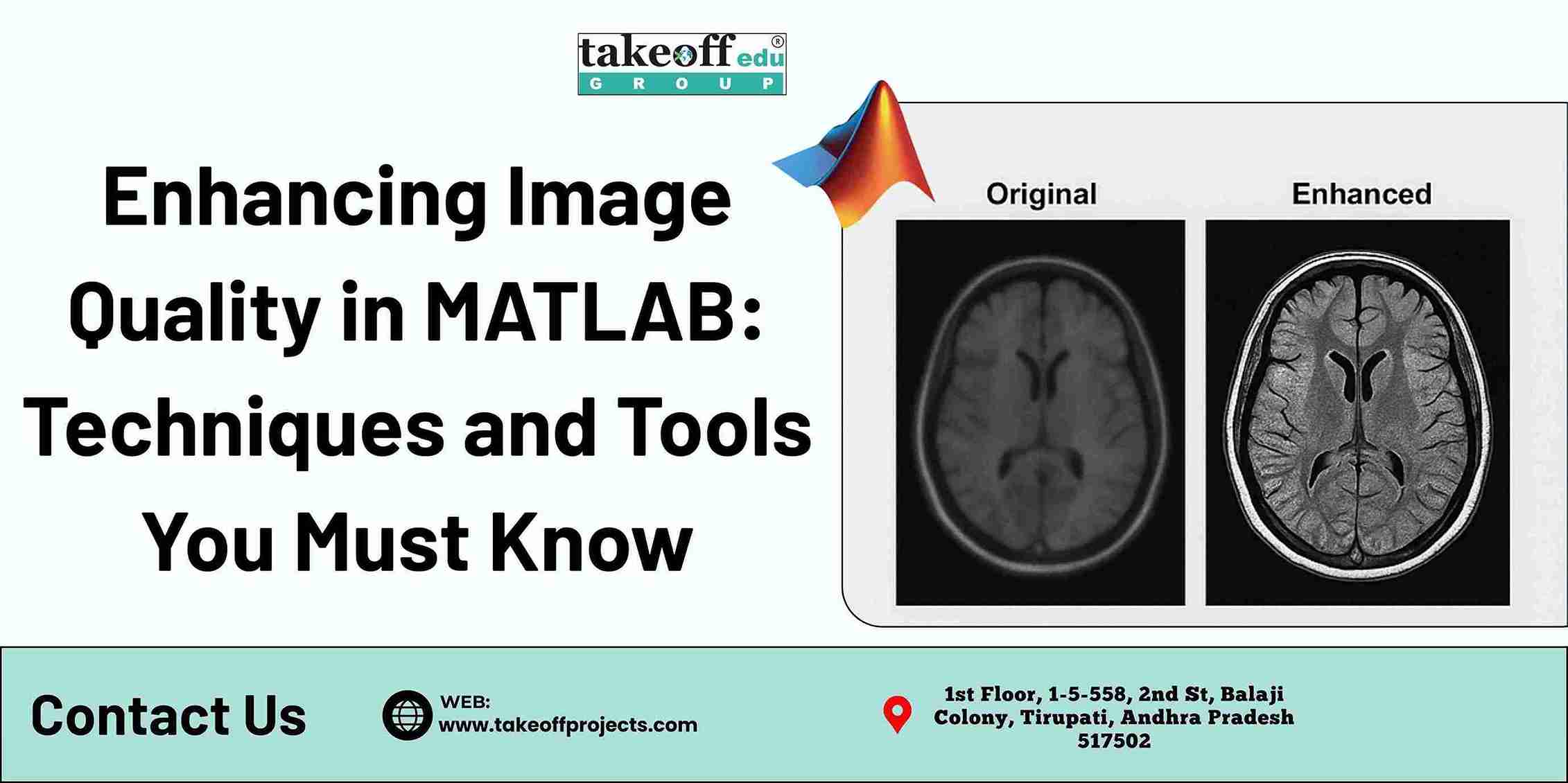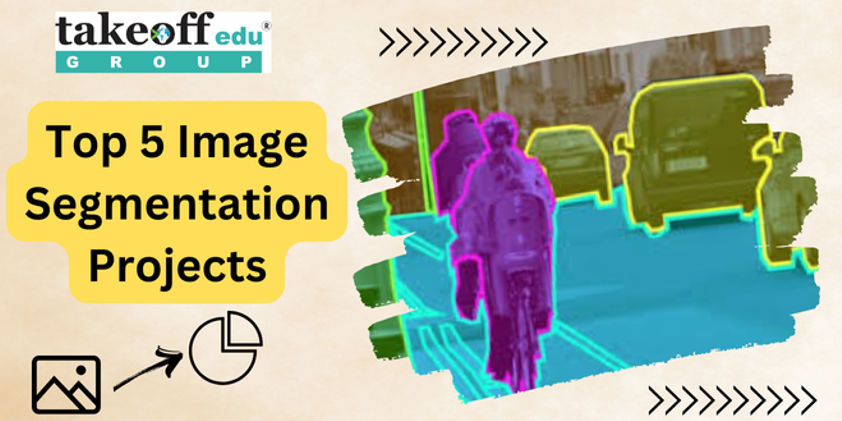Security has grown to be a crucial component of every sector as technology advances throughout the world. The interest of young professionals in this specific field has increased over the past several years.
A project on security should be your area of expertise if you are enrolled in any course related to this field. From a professional perspective, it is really advantageous.
The top 7 Projects on Security Applications created by the Takeoff projects are listed here to help you learn and get inspired to create remarkable projects
1. Web Based Embedded Robot For Safety And Security Applications Using Zigbee
The major objective of this endeavour is to identify any undesirable behaviour and record it for use as proof. For this the system makes use of a night vision camera that can also record activity at night.
In this sense, the technology shows to be quite useful for spying, especially when there is a significant risk associated in capturing the activities. In other words, individuals cannot be dispatched to such dangerous locations for surveillance.
The framework utilizes Zigbee, which is linked to a computer and used by consumers to give orders for forward, backward, left, and right movement. The instructions specify the direction in which the robotic vehicle should move.
The Arduino then decides how to operate the robotic vehicle by receiving these commands from the receiver and translating them into motion. Through a Computer, a user may keep track of how this robotic vehicle is moving.
Your research career will be intelligently monitored and reshaped by Projects on Security Applications.
2. Automatic IP Blocking Cybersecurity
It is advisable to use a password at the entrance level itself to secure any computer system from outside access. Use of the system and its resources is restricted to authorised users only. For all web-accessed services, including emails, database storage, and other services, a strong password is required due to the significant security risks.
The most frequent and susceptible type of attack on any computer network system is a brute force assault, in which the hacker uses a password cracking tool to try to guess the password.
After the password has been stolen, the hacker or intruder may or may not modify the system files and how it functions. The attacker is passively exploiting the system's information up until the user becomes aware of the attack.
As a result, it falls under passive assaults. As there would be no indications of any deviation from the system's and its networks' regular operation, passive attacks are very challenging to identify.
Your research career will be intelligently monitored and reshaped by Projects on Security Applications.
3. Cyber Threat Predictive Analytics for Improving Cyber Supply Chain Security
In order to increase the security of the cyber supply chain, this research analyses and forecasts risks. To analyse and forecast attacks based on CTI features, we combined machine learning (ML) techniques with cyber threat intelligence (CTI). This enables the identification of the innate CSC vulnerabilities so that the proper control measures can be adopted for the enhancement of overall cyber security.
To show the viability of our approach, CTI data is gathered, and the Microsoft Malware Prediction dataset is used to develop predictive analytics using a variety of ML algorithms, including Logistic Regression (LG), Support Vector Machine (SVM), Random Forest (RF), and Decision Tree (DT), Cat Boost, and Gradient Boost.
In this research, the input parameters are the attack and the TTP, while the output parameters are the vulnerabilities and the indicators of compromise (IOC). Spyware/Ransom ware and spear phishing are the risks that CSC is most likely to encounter, according to the prediction's results.
In order to counteract these risks, we have also suggested pertinent measures. In order to strengthen CSC's overall cyber security, we recommend leveraging CTI data for the ML predicate model.
Your research career will be intelligently monitored and reshaped by Projects on Security Applications.
4. Android Face Detection Using Mobile Vision for ATM Security
With the use of features like the eyes, nose, ears, cheeks, and mouth, the Android Face recognition API detects faces in images and videos. The API recognises the face at once rather than recognising each individual feature, and if configured, also recognises the landmarks and categories.
Furthermore, the API is able to recognise faces from a variety of perspectives. The majority of consumers might not grasp the need for ATM security since they are unaware of how thieves attempt to access ATMs.
One possibility for an attack is on the cash that is kept within the ATM vault or during the transfer of the cash to the device. To guarantee the security of the money, security processes must be in place for both alternatives.
It functions well in our Android ATM Security Pace Detection. Our technology can recognise faces in customers using an ATM to process money.
Your research career will be intelligently monitored and reshaped by Projects on Security Applications.
5. Data For Enhancing The Security Of Secret Questions
In this work, we introduce a secret-question based authentication system called "Secret-QA" that generates a list of secret questions depending upon the application usage of the users.
We create a desktop-based prototype and test the security of the secret questions by having a friend or stranger who took part in our user study guess the answers both with and without the aid of online tools. We also check the validity of the questions by having participants respond to their own inquiries.
The research findings show that the secret questions connected to the calendar, app installation, and a portion of legacy usage history have the best recall for users and the strongest resistance against assaults.
Your research career will be intelligently monitored and reshaped by Projects on Security Applications.
6. Inkblot Password Security
Several passwords used as security primitives are text-based, which makes them vulnerable to brute force and dictionary attacks. Our new security primitive, which is based on a graphical picture authentication system employing inkblot images, is designed to address this issue.
A phishing assault is prevented by this kind of technology. The user may tell that this is a phishing site because they can recognise that the inkblot picture, they saw during password setting is different from the login procedure. This security safeguard for the banking application was put in place as a system improvement.
Your research career will be intelligently monitored and reshaped by Projects on Security Applications.
7. A Computational and Analytical Approach for Cloud Computing Security with User Data Management
In this research, empirical meta-analysis in the area of cloud computing security has been offered. Also, a thorough examination of the outcomes of the same is included.
The analytical and empirical perspectives on cloud computing security are presented in this research. The main topic was effective resource sharing, data management, and data security.
The computational component of their applicability and the analytical perspective for the research and analysis are also covered. With the help of a simple data management system and a safe data exchange mechanism, it investigates a larger perspective and the field of applicability in several domains.
Your research career will be intelligently monitored and reshaped by Projects on Security Applications.

 Enhancing Security in 5G Device-to-Device Communication with a Secure Gale-Shapley Algorithm
Enhancing Security in 5G Device-to-Device Communication with a Secure Gale-Shapley Algorithm  MATLAB Projects in 5G and Beyond: Beamforming, NOMA and More
MATLAB Projects in 5G and Beyond: Beamforming, NOMA and More  Design and Simulation of MIMO Systems Using MATLAB
Design and Simulation of MIMO Systems Using MATLAB  Speech and Audio Signal Processing in MATLAB: From Basics to Projects
Speech and Audio Signal Processing in MATLAB: From Basics to Projects  Power Spectral Density Analysis in MATLAB: Methods and Applications
Power Spectral Density Analysis in MATLAB: Methods and Applications  How to Filter Noise in ECG and EEG Signals Using MATLAB
How to Filter Noise in ECG and EEG Signals Using MATLAB  Real-Time Object Detection in Images Using MATLAB: A Practical Approach
Real-Time Object Detection in Images Using MATLAB: A Practical Approach  Enhancing Image Quality in MATLAB: Techniques and Tools You Must Know
Enhancing Image Quality in MATLAB: Techniques and Tools You Must Know  Medical Image Analysis in MATLAB: Applications in Diagnosis and Research
Medical Image Analysis in MATLAB: Applications in Diagnosis and Research  Top 5 Projects on 5G Networks
Top 5 Projects on 5G Networks  Top 5 Projects on Modulation Techniques
Top 5 Projects on Modulation Techniques  Top 7 Projects on MIMO Transmissions
Top 7 Projects on MIMO Transmissions  Top 5 Device to Device Communications Projects
Top 5 Device to Device Communications Projects  Top 7 Image Detection Projects
Top 7 Image Detection Projects  Top 7 Image Compression Projects
Top 7 Image Compression Projects  Top 5 Fusion and Saliency Projects
Top 5 Fusion and Saliency Projects  Top 7 Image Retrieval Projects
Top 7 Image Retrieval Projects  Top 5 Image Denoising Projects
Top 5 Image Denoising Projects  Top 7 Image Enhancement Projects
Top 7 Image Enhancement Projects  Top 10 Deep Learning Projects for B.Tech
Top 10 Deep Learning Projects for B.Tech  Top 5 Image Segmentation Projects
Top 5 Image Segmentation Projects  Top 5 Artificial Neural Network Projects
Top 5 Artificial Neural Network Projects 
 Paper Publishing
Paper Publishing


